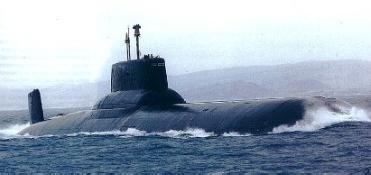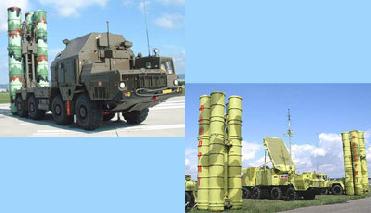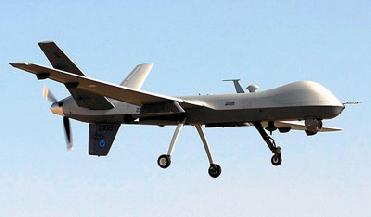
An Akula-class nuclear submarine. The Graney-class nuclear attack submarines are based on Russia's Akula-class and Alfa-class submarines. A file photo
MOSCOW (BNS): After over a decade-long delay, Russia has launched its fourth-generation ballistic missile nuclear attack submarine Severodvinsk.
The multi-purpose vessel, the first of the Project 885 Yasen (Graney class) nuclear attack submarines, was launched on Tuesday when it departed the Sevmash shipyard in northern Russia.
The ceremony was attended by Russian President Dmitry Medvedev, Defence Minister Anatoly Serdyukov and Chief of the Navy, Vladimir Vysotsky, the shipyard said in a statement.
The large submarine, having a water displacement of 9,700 tons when surfaced and 13,500 tons when submerged, will undergo exhaustive sea trials before being inducted in the Russian Navy most likely by 2011.
Russia began the construction of Severodvinsk in 1993 which was scheduled to be completed by 1998. But financial and technical snags delayed the project.
Severodvinsk is the first Graney class nuclear attack submarine. Another vessel of this class, Kazan, is presently under construction.
The Graney-class nuclear attack submarines are based on Russia's Akula-class and Alfa-class submarines. They are slated to replace the Soviet-era Akula class and Oscar class subs.
The new submarines combine the ability to launch a variety of long-range cruise missiles (up to 5,000 km) with nuclear warheads, and effectively engage submarines, surface warships and surface targets.
Each vessel�s armament consists of 24 cruise missiles that include the 3M51 Alfa SLCM, the SS-NX-26 Oniks SLCM or SS-N-21 Granat/Sampson SLCM, and also anti-ship missiles such as the SS-N-16 Stallion. Each submarine also has eight torpedo launchers. The vessel can carry 85 crew members.
 Previous Article
Previous Article Next Article
Next Article













The Indian Air Force, in its flight trials evaluation report submitted before the Defence Ministry l..
view articleAn insight into the Medium Multi-Role Combat Aircraft competition...
view articleSky enthusiasts can now spot the International Space Station (ISS) commanded by Indian-American astr..
view article